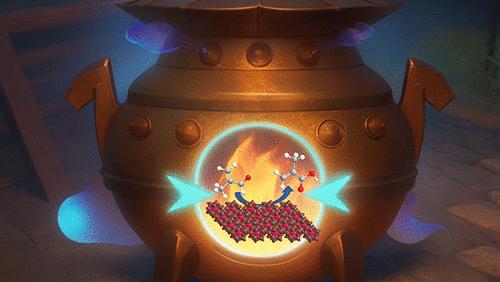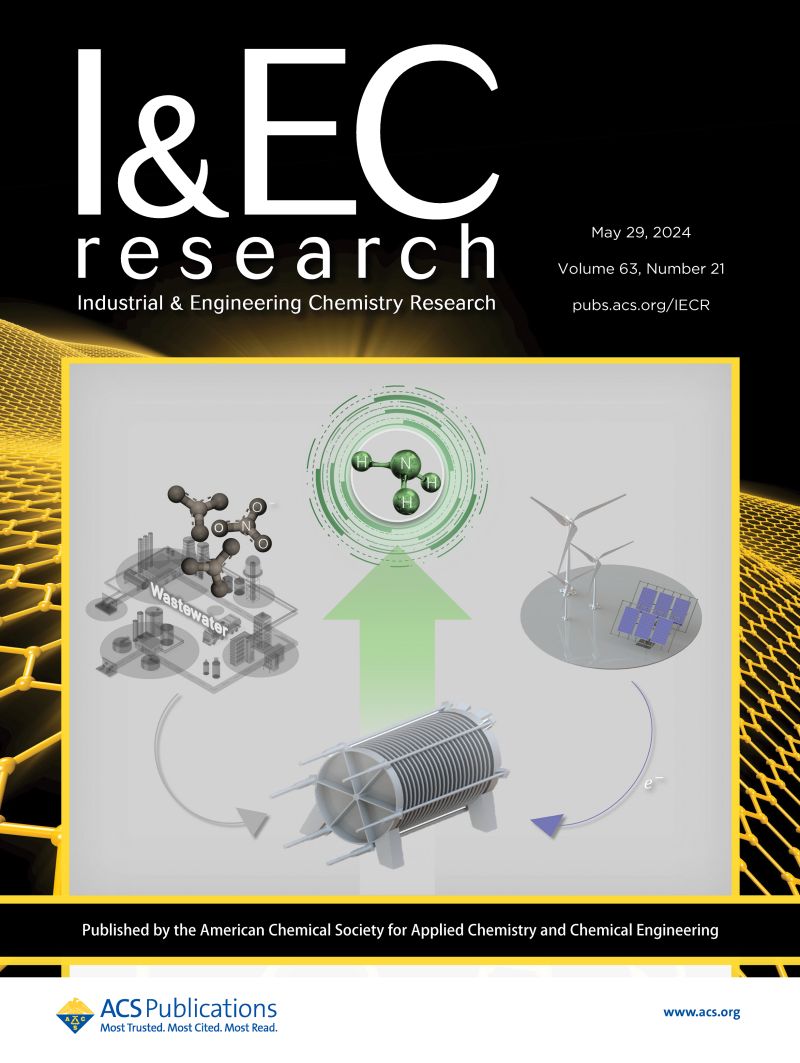Cerium-Modified Phosphomolybdenum Heteropoly Acid for Selective Oxidation of Methylacrolein to Methacrylic Acid
IF 3.8
3区 工程技术
Q2 ENGINEERING, CHEMICAL
引用次数: 0
Abstract
Selective oxidation of methylacrolein (MAL) to methacrylic acid (MAA) is a crucial step in the production of methyl methacrylate from isobutene. Herein, a kind of NH4+-containing Keggin-type phosphomolybdenum heteropoly acid was modified by Ce4+ as a countercation through a one-pot method for selective oxidation of MAL to MAA. Multiple characterizations including FT-IR, XRD, physical N2 adsorption and desorption, H2-TPR, NH3-TPD, O2-TPD-MS, and XPS were employed for systematical analysis of physicochemical properties. The effects of cerium content and calcination temperature on the catalytic performance of the as-prepared phosphomolybdenum heteropoly acid were demonstrated in combination with the comprehensive characterization results. It was found that the cerium was doped to replace the H+ in phosphomolybdenum heteropoly acid, leading to the modulation of acid properties (both Brønsted and Lewis acid site densities) and redox behavior of molybdenum species. Specifically, the MAA yield and selectivity showed a linear relationship with the reduction capability of Mo6+ to Mo5+ and strong acid site density, respectively. As a result, the MAA yield could reach up to 50% with MAA selectivity of 61% on the modified catalyst, which was enhanced by 14% and 15%, respectively, compared with the pristine one.

求助全文
约1分钟内获得全文
求助全文
来源期刊

Industrial & Engineering Chemistry Research
工程技术-工程:化工
CiteScore
7.40
自引率
7.10%
发文量
1467
审稿时长
2.8 months
期刊介绍:
ndustrial & Engineering Chemistry, with variations in title and format, has been published since 1909 by the American Chemical Society. Industrial & Engineering Chemistry Research is a weekly publication that reports industrial and academic research in the broad fields of applied chemistry and chemical engineering with special focus on fundamentals, processes, and products.
 求助内容:
求助内容: 应助结果提醒方式:
应助结果提醒方式:


